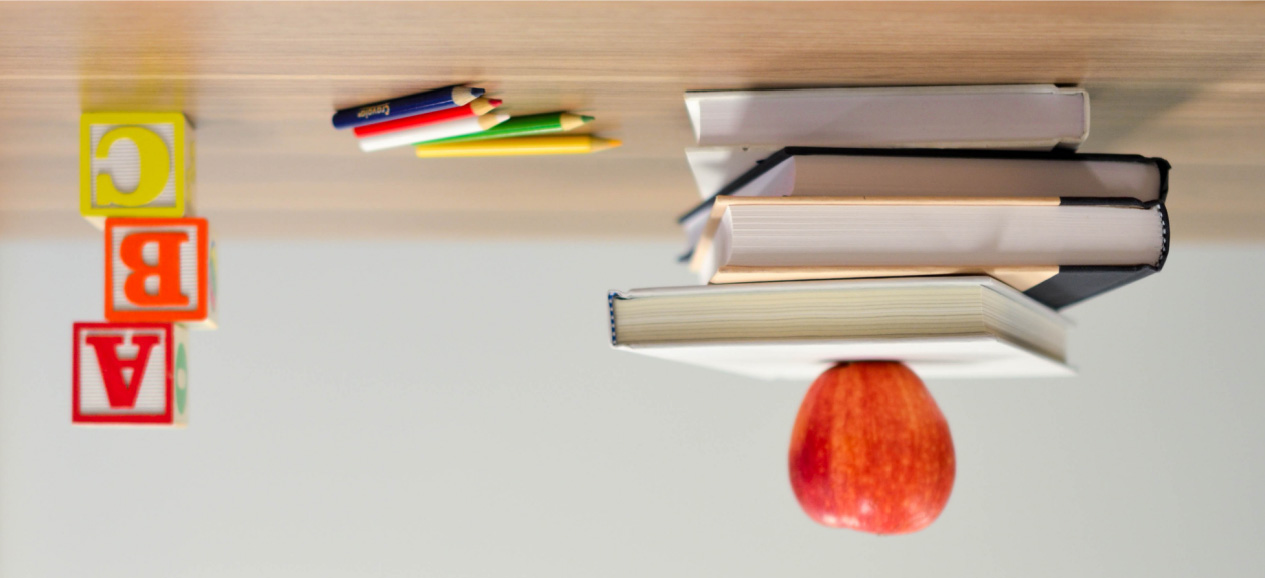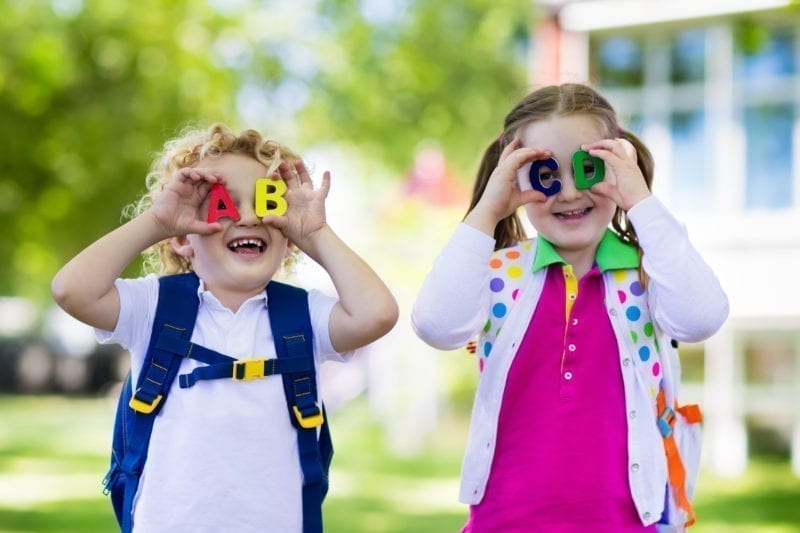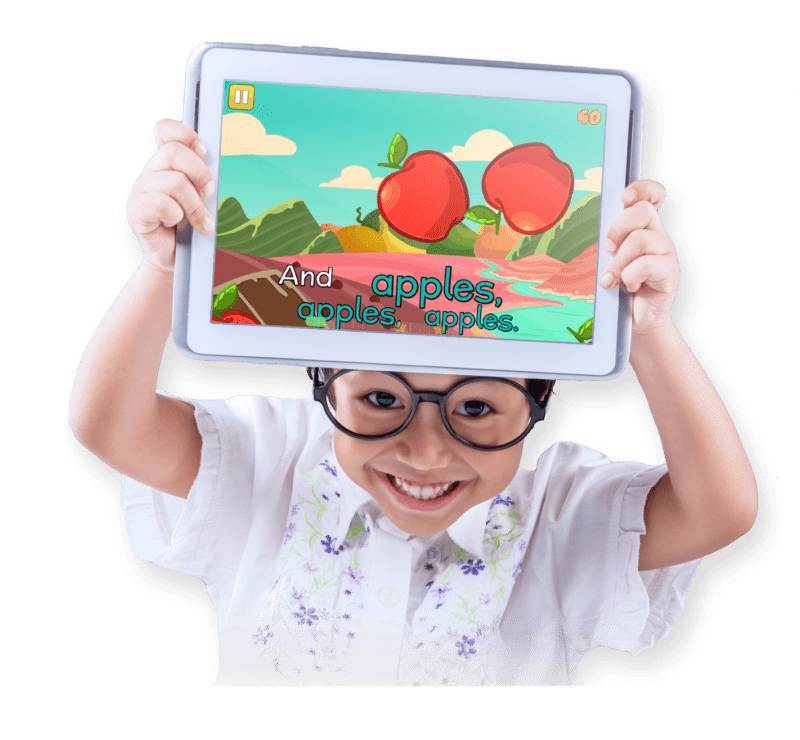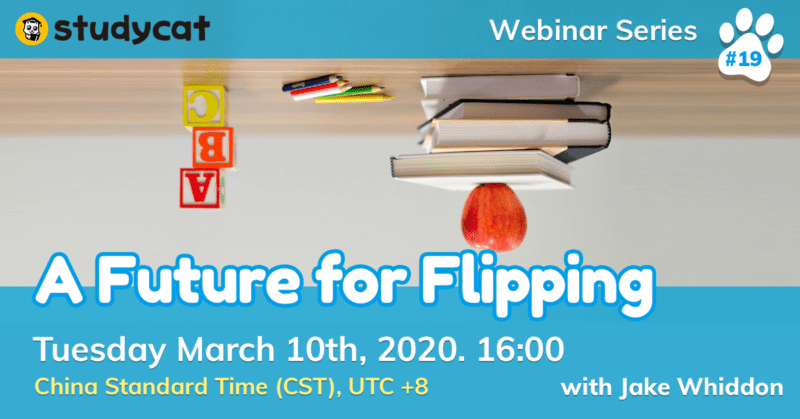The world is changing rapidly, and education—like everything else—demands to keep up. With new advancements in society and technology come new challenges for students and educators. How can we prepare learners for a world that doesn’t yet exist?
We can start by being flexible in our teaching practices. To tackle new problems, it’s our job to try new solutions—even ones that upend what we think we know about education.

What are Flipped Classrooms?
Traditionally, classrooms have shared a similar structure: Teacher provides content through direct instruction, students complete homework or activity, teacher measures students’ learning through summative assessment. Pretty standard, right? But does learning have to look like this? And, more importantly, should it?
There’s plenty of evidence to suggest that kids should own their learning process, so why are teachers still the central role in so many classrooms today—especially in an age where so many schools have tech-savvy students, and access to student-friendly tech?
Educators across the globe are making the switch to more learner-centric models of education. But upending a centuries-old system is no small feat, and many teachers are asking themselves if the change is really possible in their classroom.
So what exactly would it look like?

In the flipped classroom model, students learn teacher-created content before coming to class, and class time is then used to dive deeper into the concepts they’ve learned.
Sound familiar? Many teachers have already begun using flipped classroom strategies in their lessons to some extent. Asking students to complete readings, conduct research, or watch instructional media prior to a lesson would be considered “flipping” a class.
Rather than spending the majority of class lecturing, flipped classroom teachers can differentiate activities for each student. Students, in turn, can monitor their learning and come prepared to extend their thinking.
Ultimately, a flipped classroom structure can lead to flipped learning: the shift toward an individualized learning environment which allows space for meaningful, dynamic, and teacher-guided application of concepts.
 Benefits of Flipped Learning
Benefits of Flipped Learning
As more teachers turn to flipped learning in their classrooms, research on the topic continues to grow exponentially. Parents, educators, and learners want to know: does it actually work?
While more research in the future will help complete the picture, studies so far have shown that flipped learning can have a positive impact on exam scores and learning outcomes, as well as class attendance and student satisfaction.
Flipped learning can empower students to own, manage, and deepen their education, while teachers find they are better able to reach all students when class time is devoted to applying concepts rather than introducing them.
The Four Pillars of Flipped Learning
While the term “flipped classroom” refers to the physical learning environment and inverted lesson structure, the practice of flipped learning is far more multidimensional.
Quite apart from the misconception that in a flipped classroom, “students do the teacher’s job,” a flipped learning environment arguably requires even more effort from teachers to ensure that every step of the process is productive.
To help teachers ensure they are reaching their learning goals, the Flipped Learning Network has established four pillars of flipped learning, using the acronym F.L.I.P:
Flexible Environment
By nature, a flipped learning environment needs to be flexible enough to accommodate all students’ learning styles—that’s its purpose! The physical learning space, time frames for learning objectives, and methods of instruction should allow for various learning needs to be met.
Learning Culture
In order for flipped learning to take place, the classroom culture should be student-centered. All activities—both in and out of class—should be meaningful and accessible to students; teachers should scaffold, differentiate, and provide regular constructive feedback.
Intentional Content
Teachers should ensure they are choosing carefully curated content and materials that will most benefit their students. Students should be able to access direct instruction—created or provided by the teacher—on their own, so that corresponding classroom activities are beneficial and class time is maximized.
Professional Educator
Just as they would in a traditional classroom, teachers should take responsibility for advancing their practice by collaborating with other teachers, collecting data to inform future instruction, and being available to offer meaningful feedback in real time.
Getting Started
If you’re used to teaching in a traditional classroom setting, flipping your classroom can seem like a daunting task. But the shift from a traditional classroom to the flipped model can—and should—be gradual. Start with these tips, and adjust according to your needs:
- Get families on board. Once families at home understand the what, how, and why of flipped learning, they’re likely to be supportive—which will be invaluable to students new to the process.
- Find a method to share content that best works for your whole class. It could be a class website, a YouTube channel, or just a communication binder; as long as it’s accessible, it works!
- Take it one step at a time. Starting with one subject (or one day of the week, etc.) can help ease the transition for you and your students, and provide room for meaningful feedback from learners.
- Communicate consistently. Students should be involved in the decision-making process; it is, after all, a student-centered approach to learning! This takes the weight off everyone’s shoulders; less pressure on the teacher to “guess right,” and less uncertainty for learners.
- Record data to be sure what’s working and what’s not for your class. Then, use it to inform how the process will change.
- Be prepared for hiccups. Keep the learning culture alive by being honest and patient with students as you transition together, and don’t despair over technology malfunctions—they happen to everyone!
Have you tried the flipped learning model in your classroom? Share your experiences in our social community! For more information, join our next webinar session on March 10 on flipping your classroom. Sign up here

References:
Bright, S. (2015, January 21). Flipped Classroom vs. Flipped Learning: What’s the Difference? Retrieved from https://blog.capterra.com/flipped-classroom-vs-flipped-learning-whats-the-difference/
Cheng, L., Ritzhaupt, A. D., & Antonenko, P. (2018). Effects of the flipped classroom instructional strategy on students’ learning outcomes: a meta-analysis. Educational Technology Research and Development, 67(4), 793–824. doi: 10.1007/s11423-018-9633-7
Flipped Learning Network (FLN). (2014) The Four Pillars of F-L-I-P™
Talbert, R. (2018, August 21). What does the research say about flipped learning. Retrieved from http://rtalbert.org/what-does-the-research-say/


